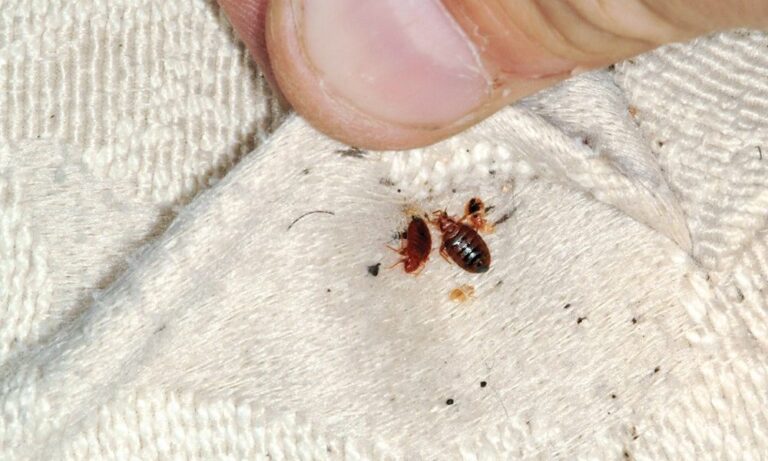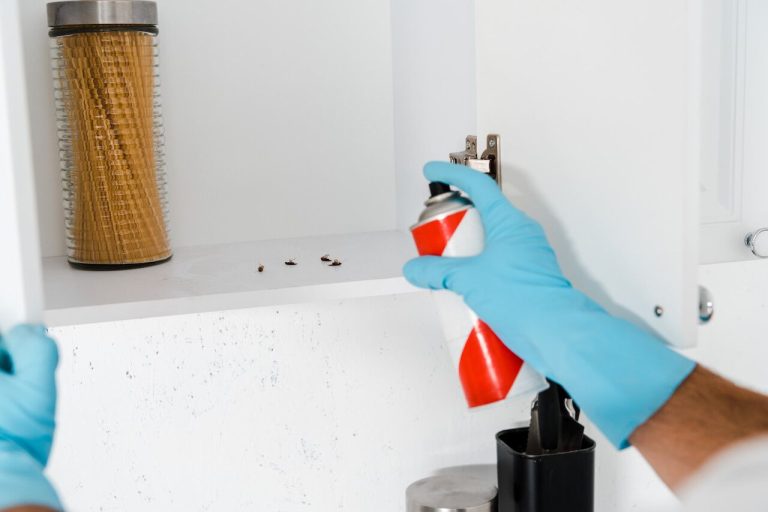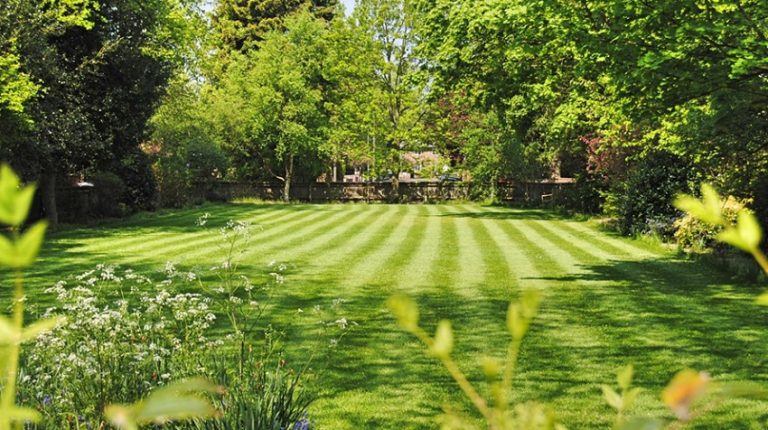
Modern-day haskap berries were developed through extensive breeding, so shrubs bear delicious edible berries. They are Canadian-bred cultivars from which the haskap shrubs grown in gardens across the globe originated. While other berries tend to spread wildly, haskap shrubs are neat garden plants. The shrubs are usually less than 2 metres in both height and weight. Because of this, they tend to grow into clean, rounded shrubs. Because of their yellow trumpet-shaped flowers, pollinators frequently visit them, which is a relief because the shrubs require cross-pollination to bear fruits. Canadian Haskap growers plant different varieties of haskaps, which are known as the next super fruit.
How Haskap Berries Taste
The taste of haskap berries is a combination of raspberry and blueberry. But some people compare it to other berries like red grape, chokecherry, Saskatoon berry, or black currant. Haskaps are quite sweet, slightly astringent, fairly tart, and juicy. Every fruit has a small seed that can be eaten and a textural contrast to its soft skin and flesh.
Haskap berries are high in vitamins A and C, potassium, and fiber. They can be enjoyed raw, juiced, or dried. They make delicious jams and jellies and can be used in baking recipes. Also, these berries can be a good addition to smoothies and ice creams.
Haskap Growing
Farmers today put their best on haskap berries. While these berries are new to store shelves and a lot of consumers may not be familiar with it, farmers in Saskatchewan have been growing them for the last 15 years.
Haskap berries are a great plant for the garden for some reasons. Those who live in areas that hit negative degrees can benefit from growing these bushes. Haskaps are winter durable, often found in Canada’s cooler areas. In general, the shrubs grow between 4-6 feet and can take around 4 feet wide. A haskap plant starts to flower in early spring and produces fruit in late June or July. When a shrub produces fruit, netting is vital because birds love this fruit.
Haskap bushes are fast-growing and high-yielding. They can produce crops earlier than other berry plants. A mature haskap plant can produce up to 5-10 pounds of fruit. Also, haskap plants are resistant to disease and pests, making them easier to grow. They can grow in the majority of soil, which dries between waters. The plant needs to be partly to fully shaded from sunlight.







